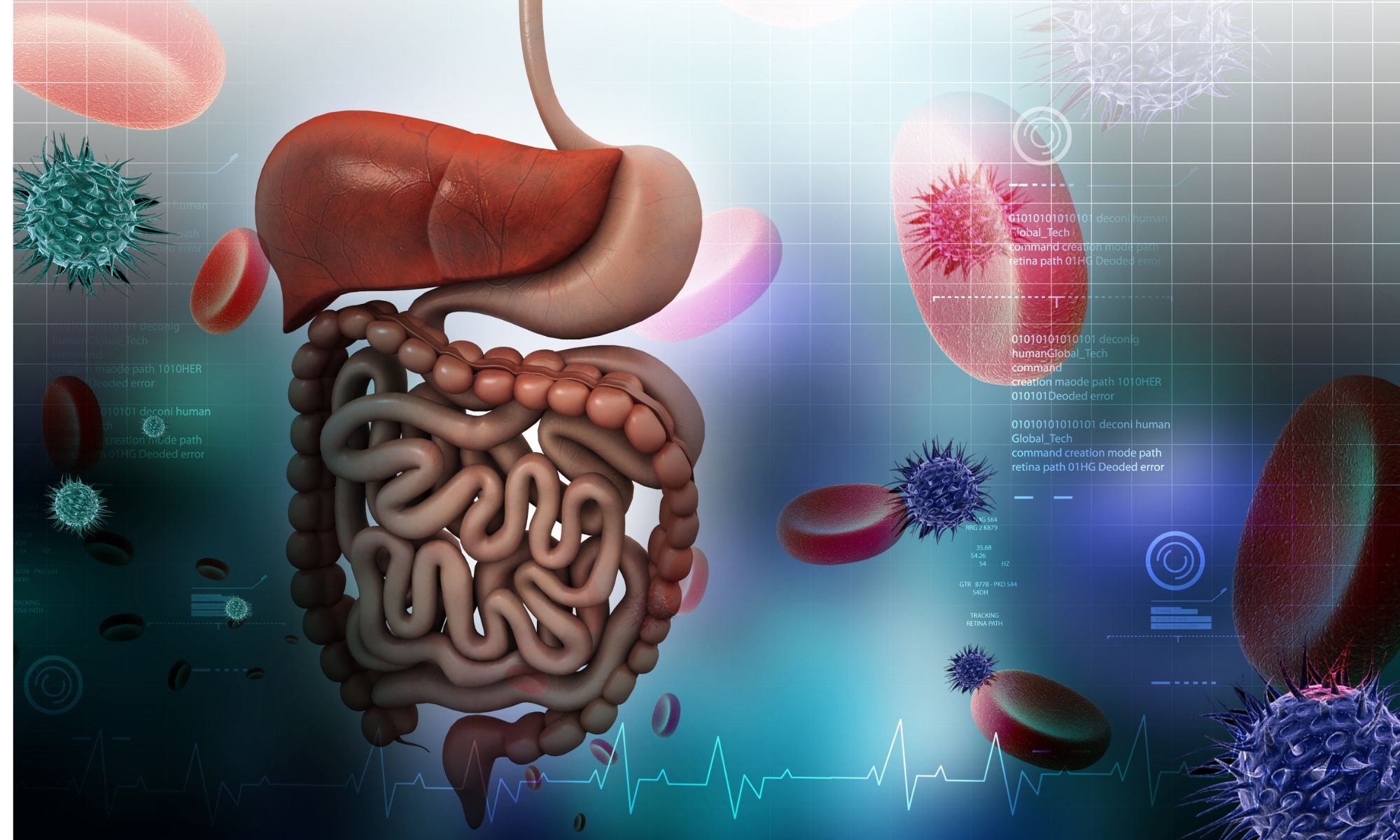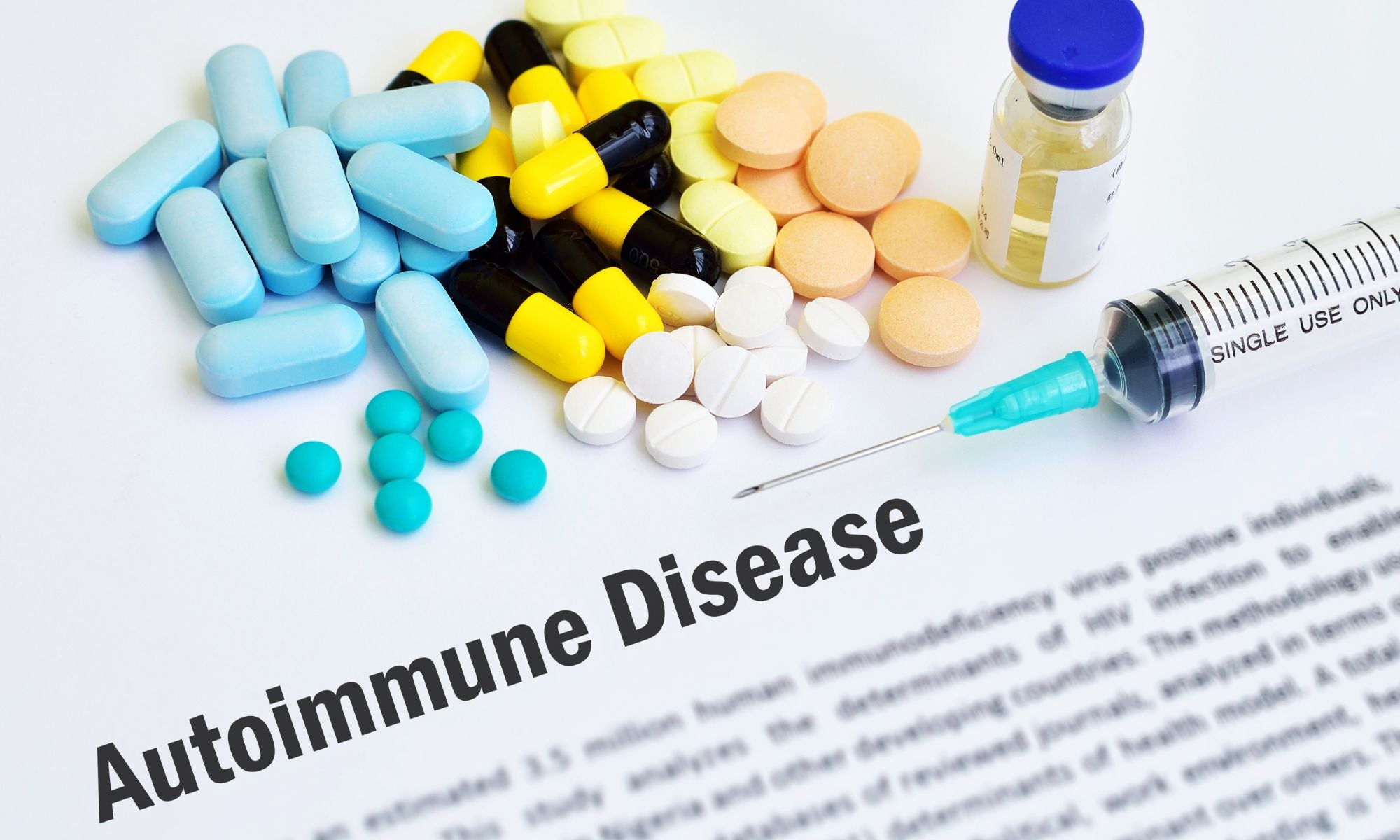
YOUR OFFICIAL GUIDE TO HEALTHY FATS
Not all fats are bad!
Choosing the “healthy” kind of fat will help your body work amazingly in terms of:
- Cell growth
- Energy
- Nutrient absorption
- Hormone production
- Organ protection
The “not-so-healthy” kind of fat, on the other hand, won’t provide you any good. If you want to know which fats are able to help your body and which fats to avoid, read on.
The “Healthy” Types of Fat

First of all, there is no need to avoid all the fats, especially the ones that are occurring naturally in whole foods.
Fat is an energy provider and they are the last to exit the digestive tract, thus providing satiety. For this reason, fats provide a great job of making us feel fuller for a long period of time, helping us avoid overeating.
Here are the “healthy” types of fat that you should eat:
Polyunsaturated Fats (also known as PUFAs)
- Fatty fish
- Flaxseed
- Liquid cooking oils that are plant-based
Monounsaturated Fats (also known as MUFAs)
- Avocados
- Olives
- Nuts
- Seeds
- Liquid cooking oils that are plant-based (such as sesame oil, sunflower oil and vegetable oil)
Saturated Fats
- Cheese
- Cream
- Full-fat butter
The best fat category? Unsaturated fat!
Unsaturated fat is the best category due to its excellent health benefits. This category could be broken down into two groups:
- polyunsaturated fats (also called PUFAs)
- monounsaturated fats (also called MUFAs)
More about PUFAs
Polyunsaturated fats (or PUFA’s) are able to lower bad cholesterol levels (LDL) while increasing the levels of good cholesterol (HDL). Plus, they can decrease the risk of cardiovascular disease. Thanks to the omega-6 and omega-3 fatty acids they contain, PUFAs truly provide a lot of benefits!
More about MUFAs
On the other hand, monounsaturated fats are also good for the body. They can lower the levels of LDL while maintaining good levels of HDL. Studies also show their ability to lower the risks related to cardiovascular disease.
So, what are the benefits of unsaturated fat?
- increases or maintains good cholesterol (HDL)
- decreases bad cholesterol (LDL)
- lowers the risk of cardiovascular disease
- Battles inflammation, mental health, and many others
- Helps you feel full for a long period of time
Say NO to fake carbs today and just go with saturated fat!
Everyone knows how saturated fat is a culprit for raising LDL levels. However, recent studies prove how consuming more saturated fat is linked with increasing levels of HDL, causing a decrease in total cholesterol.
Today, the Health and Human Services (HHS) and the U.S. Department of Agriculture (USDA) recommends eating less than 10% of the daily calories obtained from saturated fat. Researchers, on the other hand, are requesting them to change this recommendation due to its potential danger. Instead of being a good thing, it could cause more harm if people start replacing healthy fats with unhealthy and processed carbs.

One major study shows that replacing saturated fats’ calories with calories derived from refined carbs — such as white bread or white rice — could put us into an increased likelihood for cardiovascular disease.
However, increasing your total fat consumption, whether it be unsaturated or saturated, was found to be linked with a lower risk. This doesn’t mean you can eat all the bacon in the world, but you can also enjoy that whole-milk latte. Don’t be too hard in yourself. Remember that it’s all about eating wisely.
What are the benefits of saturated fat?
- Increase HDL and decrease total cholesterol at the same time
- Lower the possibility of a cardiovascular disease
- Make you feel full for a long period of time
The best type of saturated fats to consume are full-fat dairy products such as cheese, cream, and butter. Lard, together with solid oils like coconut, palm and kernel are also great.
If you want to know what makes saturated fats saturated, observe the consistency while at room temperature. Keep in mind that unsaturated fats maintain its liquid consistency, while saturated fats form into solid form when its out.
Another tip to distinguish healthy fats from unhealthy ones is by observing the processing and packaging. We all know that processed foods are more likely to contain unhealthy fats. Whole foods, on the other hand, are unprocessed which make them more likely to possess healthy fats.
The Overall Benefits of Healthy Fats

In comparison to protein and carbs, fat has a more negative reputation for causing trouble. However, this reputation is due to the confusing and misleading information in the nutrition and diet industry that started decades ago.
Indeed, fat is an essential nutrient people need in order to thrive and survive. But keep in mind that not all fats are the same. Artificial trans fats must be avoided.
![]() SUMMARY:
SUMMARY:
The overall benefits of consuming healthy fats are proper absorption of vitamins like vitamin A, D, E, and K, proper regulation of body temperature, boosted immune system, a great feeling of satiety, and optimal bodily function.
Important Reminder
Each person is uniquely different. It is best to find an expert to help you find the best nutrition plan for you. But the summary of this article is that fat is not an enemy! Balancing fats in your diet is key.

Before we end, it is important to note the type of unhealthy fats that must be avoided: artificial trans fats. These manufactured fats are created as hydrogen molecules are injected into vegetable oils. This process forms an even more solid fat that prolongs the life of processed foods.
So, what are the dangers that come from this unhealthy type of fat? Artificial trans fat:
- increases the risk of heart disease
- triggers and causes inflammation
- may harm the blood vessels’ inner lining
- may drive insulin resistance, together with type 2 diabetes

Sadly, trans fats are found in a lot of yummy food, such as donuts, pizzas, and cookies. Food manufacturers list the trans fats in grams on labels because they are required to. But be aware that as of the moment, the FDA only allows foods that contain 0.5 g of trans fats in order to be considered as trans-fat free. For this reason, do not just look at the grams. You must do well in checking the list of ingredients if it contains words like “hydrogenated.”
![]() SUMMARY:
SUMMARY:
Consuming artificial trans fat is able to increase the risk of heart disease, cause inflammation, harm the inner lining of blood vessels, and drive insulin resistance.
What about Natural Trans Fats?

Thankfully, naturally-occurring trans fats are real. They could be found in a few dairy foods and meat that we love. They are the ones we considered to be safe and healthy.
Did you know that by June 2018, the FDA’s ban on manufactured trans fats in foods takes effect? However, it is still imperative that we read the labels since it would take about 3 years for other manufacturers to comply.
![]() SUMMARY:
SUMMARY:
As with everything, balance is key. As long as you consume the right foods in the right amounts, your body will thank you. What are you waiting for? Consume fats to your advantage!.













